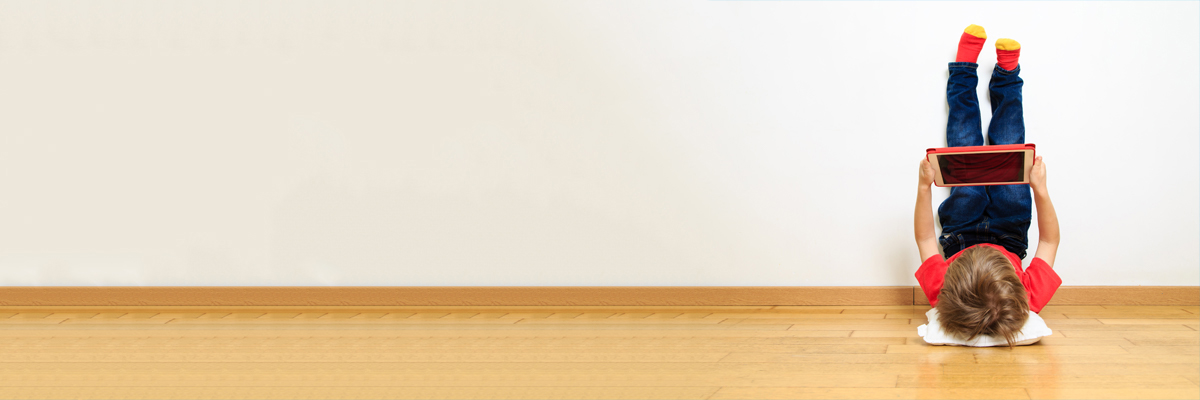
Article at a Glance
Worrying about our kids spending too much time in front of a glowing screen is nothing new. But with the growth of screens in our daily lives, this concern has also grown. The University of Utah is currently participating in the largest ongoing national study of the effects of screen time on adolescents’ brain development. Researchers are following 1,000 children and monitoring their mental development in relation to their screen time use.
Until recently, the American Academy of Pediatrics suggested that parents limit the screen time of children older than age 5 to two hours per day, but it rescinded that suggestion in 2016. Its guidelines now suggest setting consistent limits on the viewing habits of kids and teens. The Academy has also revised its previous suggestion that children under 2 years old get no screen time at all, now favoring a graduated system where young ones start out with some parent-led, educational screen time at 18 months of age.
The reality is that technology and its many screens are here to stay and with no hard and fast rules, it can be tricky to set limits. Rather than trying to police use across many devices (and let’s not even get started on the actual content), it might make more sense to build a screen time balancing strategy that works for your family and isn’t focused on time limits. For example:
It is not all doom and gloom on the technology front. As the American Academy of Pediatrics points out, young minds can reap valuable benefits from the smart use of technology. Social media and the internet expose kids to new ideas and new ways of thinking, instilling a worldly outlook that was difficult to foster in previous generations. The internet places the answers to millions of questions at kids’ fingertips, and smart phones bring connectivity to children, their families, and their friends that was never thought of a generation ago.
Experts are beginning to understand that the amount of time kids and adolescents spend on screens is less important than what is happening on those screens. After all, time spent watching a toy unboxing video on YouTube is time that could have been spent watching nature, science, or historical documentaries. When parents share screen time with their children, they can steer things in an educational direction.
While still technically anecdotal, new evidence is showing that many negative effects of prolonged exposure to screens may not be permanent. Researchers studied kids at a special, electronics-free camp and found that after two weeks of living an unplugged lifestyle, adolescents were better able to discern people’s emotional state from non-verbal clues.
No matter how you monitor screen time, a technological solution can help serve as a safety net against unintentional forays into inappropriate content as well as over use. Some options can also minimize arguments by consistently applying rules like bed times, off times and more.
And less arguing makes for happier kids— and parents!